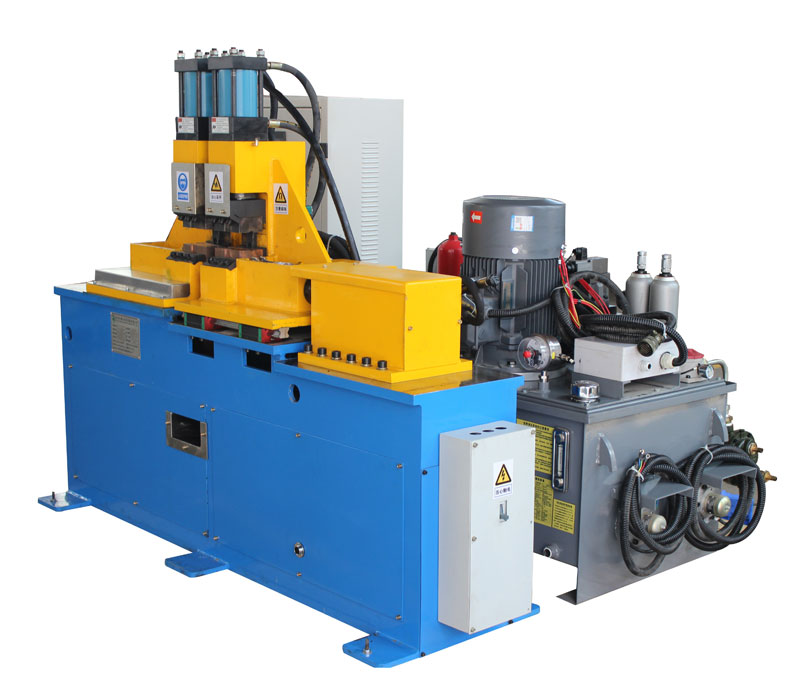Flash butt welding is a widely used method in the manufacturing industry for joining metal components. This process demands precision, efficiency, and the right tooling to ensure seamless welds. In this article, we will explore the key components and structural aspects of the flash butt welding machine tooling.
- Welding Head The welding head is the heart of the flash butt welding machine tooling. It consists of two opposing electrode holders, one of which is fixed, while the other is movable. The fixed electrode holder typically houses the stationary electrode, which provides the necessary electrical current for the welding process. The movable electrode holder accommodates the movable electrode, which is crucial for creating a gap and ensuring a proper flash during the welding operation.
- Clamping Mechanism A sturdy and reliable clamping mechanism is vital for securing the workpieces to be welded. It holds the components firmly in place, allowing for a consistent and even pressure during the welding process. Proper clamping ensures that the joint remains aligned, preventing any misalignment or distortion in the final weld.
- Control System The control system is the brains of the flash butt welding machine. It manages various aspects of the welding process, such as the timing, current, and pressure applied. Modern machines often feature programmable logic controllers (PLCs) that enable precise control and repeatability in the welding operation.
- Flash Control Flash control is a critical aspect of flash butt welding, as it governs the creation and extinguishing of the electrical arc, commonly referred to as the “flash.” This control mechanism ensures the flash is initiated at the right time and extinguished promptly, preventing excessive material loss or damage to the workpieces.
- Support Structure The entire flash butt welding machine tooling is mounted on a robust support structure. This structure provides stability and rigidity during the welding operation, minimizing vibrations and ensuring accurate welds.
- Cooling System Flash butt welding generates a significant amount of heat, and a cooling system is essential to prevent overheating of the machine’s components. Water-cooled systems are commonly used to maintain the temperature of critical parts within acceptable limits.
- Safety Features To ensure the safety of operators and equipment, flash butt welding machine tooling is equipped with various safety features. These may include emergency stop buttons, protective enclosures, and safety interlocks to prevent accidental activation.
In conclusion, the structure of flash butt welding machine tooling is a critical factor in achieving high-quality welds. Each component plays a specific role in the welding process, from the welding head to the control system, clamping mechanism, and safety features. Understanding these structural aspects is essential for optimizing the performance and efficiency of flash butt welding machines in various industrial applications.
Post time: Oct-30-2023








